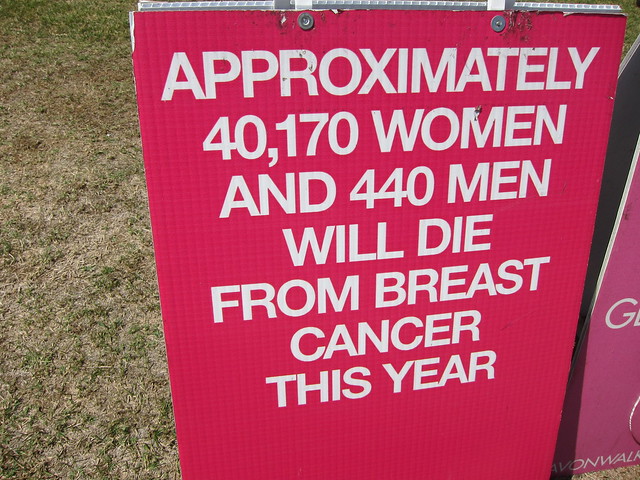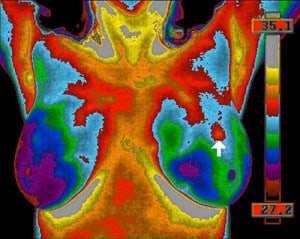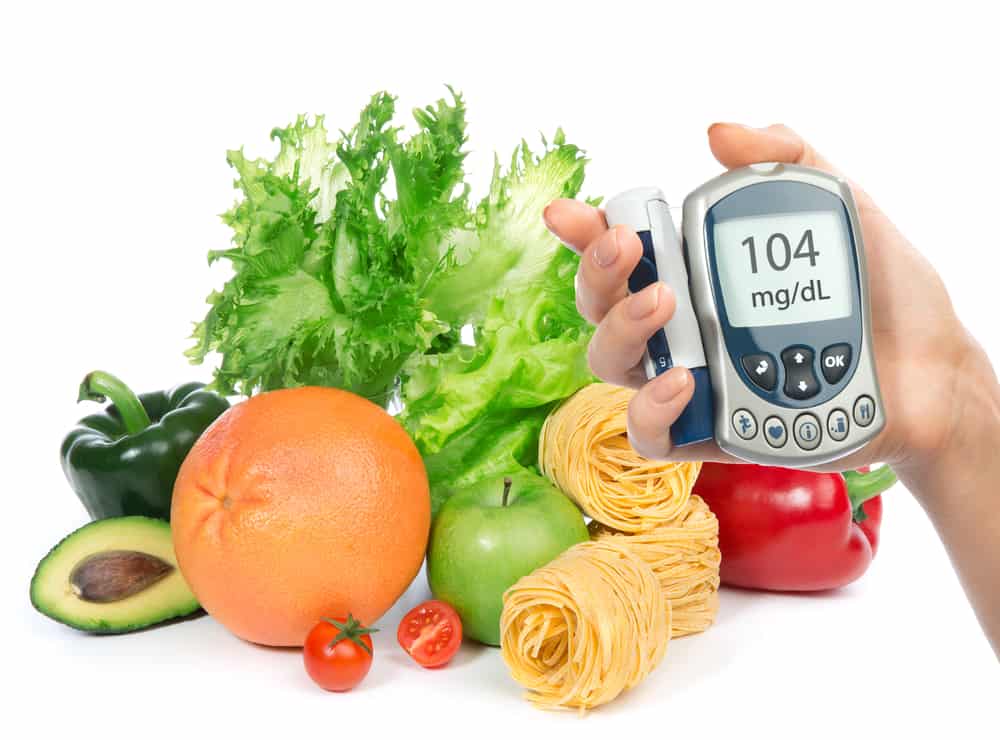
Every organ and cellular function is dependent directly or indirectly on a healthy digestive system… especially hormones, as hormone breakdown and excretion are heavily reliant on your digestive system working efficiently.
Digestive health is critical for hormonal balance and a new area of research into the symbiotic relationship between microorganisms and cells in the human body is emerging. Turns out that a certain set of gut bacteria – more specifically certain bacterial genes called the estrobolome – produce an essential enzyme that helps metabolise estrogen.
Your gut, therefore, is part of the elimination system that’s vital in ushering hormones out of the body. To encourage the balance and production of these healthy partners, our diet and lifestyle need to play an important role.
Why Gut health is vital
It’s not just estrobolome that is important; there are literally thousands of different microorganisms that make up our microbiome which, in turn, modulate hormone production and breakdown. Considering the fact that over 90% of the serotonin in our bodies is produced in the GUT through these healthy bugs, our moods can be directly linked to the balance in our microbiome!
Estrogen Dominance as a result of a poorly functioning microbiome also leads to every hormonal imbalance symptom or sickness you can think of – infertility, PMS, low libido, cramps, heavy bleeding, and PCOS. Plus, it can make you far more susceptible to estrogen-led cancers like breast cancer.
How to maintain a healthy microbiome for happier hormones
The latest research shows that unless we make a conscious effort, we in the Western world cannot maintain a healthy gut. The mainstream lifestyle works against our microbiome with what we generally eat and how we live. We have to decide to take control of our own health and make the right choices.
Here’s my list of Do’s and Don’ts:
Do’s
- DO get rid of the white stuff – that’s processed dairy, sugar and gluten.
- DO eat fermented foods rich in good bacteria like kimchi and sauerkraut – a couple of tablespoons a day will work wonders.
- DO heal the gut a Hair Mineral Analysis – HTMA will help establish the Root Cause of your digestive issues
- DO drink fermented drinks like coconut water kefir, kombucha and Rejuvelac.
- DO eat fibre-rich & fermented foods such as asparagus, carrots, root vegetables, and greens which encourage microorganism growth and increasing your natural production of pre and probiotics, dietary fiber, and lactic acid to assist in rebuilding your healthy digestive bacteria and natural digestive enzyme production.
- DO deal with constipation naturally.
Don’ts
- DON’T take too many antibiotics. Avoid eating meat that contains antibiotics and be wary of turning to antibiotics every time you have a cough or cold. Overuse will harm your estrobolome. As the antibiotics kill off the bad bacteria, they also kill off the good bacteria and it can be very difficult for the microbiome to bounce back from an aggressive course. More and more of us are becoming aware of the dangers of antibiotics overuse as we see what happens when superbugs that are resistant to any kind of medical treatment are created.
- DON’T use the Pill. The Pill acts like an antibiotic in the gut, destroying the microbiome balance. If your doctor prescribes the Pill for PCOS particularly, you’ll find it will only worsen the problems of weight gain and insulin sensitivity because of the impact on gut flora. Just recently new research linked Pill use to an increased risk of Crohn’s disease, which is symptomatic of an imbalance in the microbiome.
A healthy gut is key to maintaining optimum hormone balance and lowering your risk for a wide range of lifestyle diseases. I encourage you to to work on healing your gut, as the first place to start with any hormone balancing programme.














